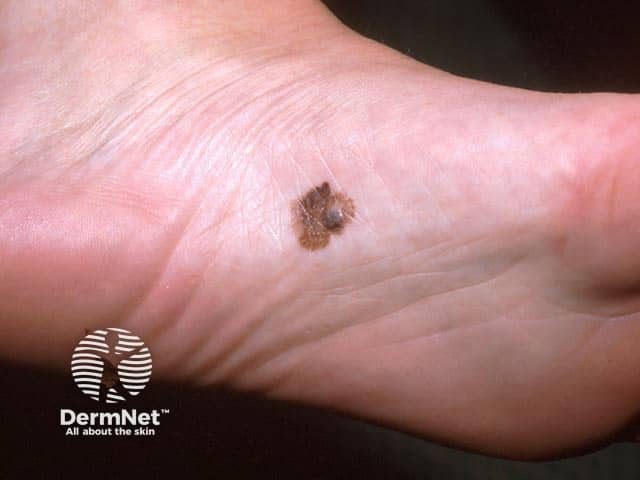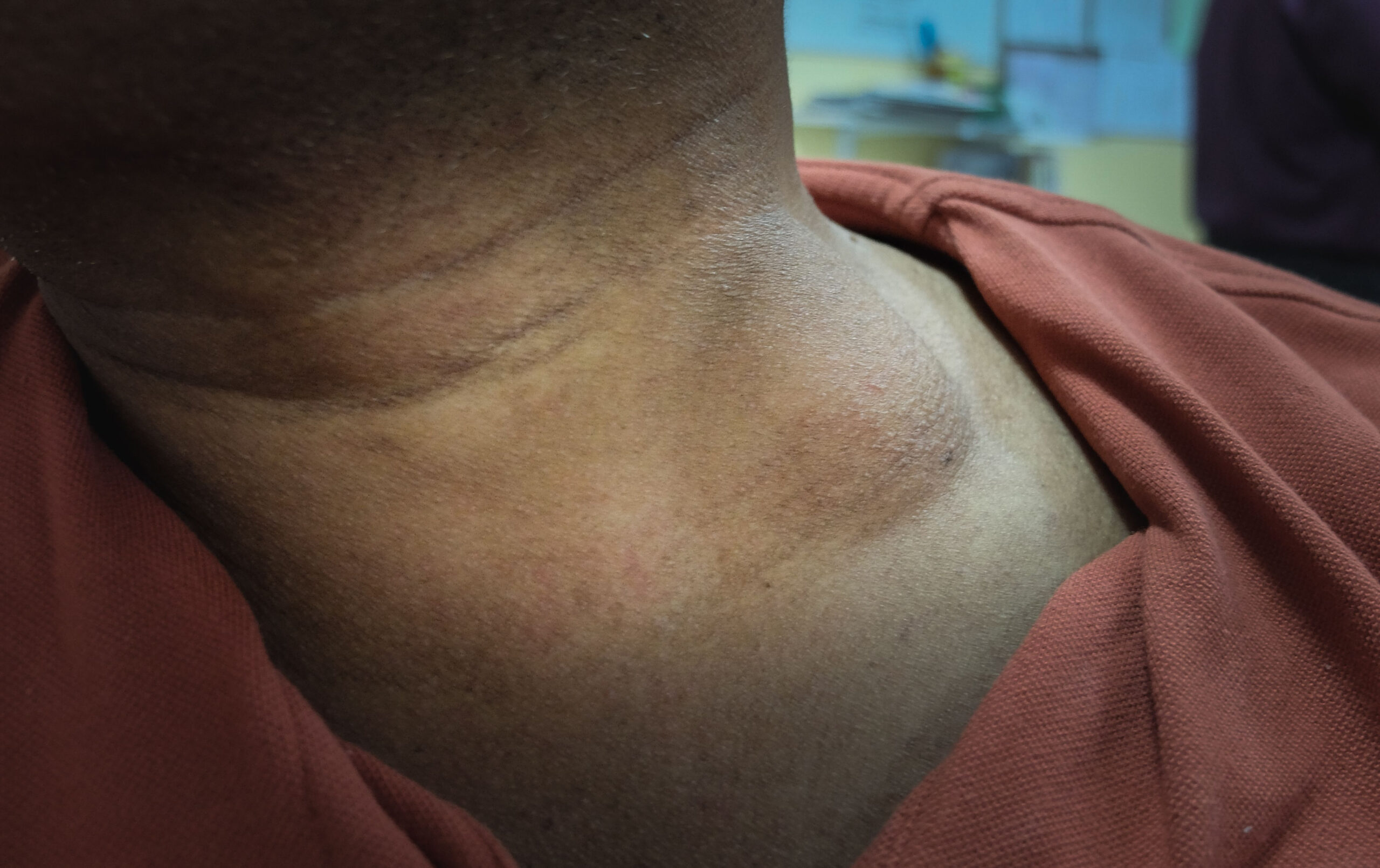
Skin Lesions: When to Worry – Melanoma on...
We are excited to see so many of you join our fall FMEP courses. Several...
0
We are excited to see so many of you join our fall FMEP courses. Several of you have requested we continue to post more practice SAMPs, so here you go!
Just a reminder… pay attention to the questions. Here are our general tips one more time:
1. Pay attention to the questions. Look carefully at how many items you are being asked to list. If the question asks for five items, you will not get more marks if you list eight items; the examiner will look at the first five and allocate marks only for the first five answers so be careful. On a SAMP, if it is not clearly stated how many items you should list, look at the amount of points/marks being allocated for the question to get an idea of how many answers the examiner may be anticipating you write down.
2. Do not write lengthy answers. Most questions can be answered in 10 words or less!
3. Be specific when writing down investigations (hemoglobin instead of CBC; CT abdomen instead of CT).
4. Remember that trade names and generic names are both acceptable when writing down medications.
5. For more helpful tips, you can refer to CCFP’s SAMP instructions by clicking here.
SAMP
47 year old Angela Magna comes to see you with a lump on her neck. It has been there for three months. It is not painful but seems to have enlarged over the past few weeks. She is extremely worried about this lump as her mom passed away from Lymphoma. She works in a hospital as a registered nurse in the ICU. She is divorced and has a cat at home. She recently travelled to Thailand for a bachelorette trip. She has smoked half a pack for the past 20 years. She is not currently on any medications. (13 points)
1. True or false: We have 600 lymph nodes in the body. (1 point)
2. Where is Virchow’s node located? (1 point)
3. List two questions you would ask Angela Magna on history. (2 points)
4. After you complete your history, what will be your next step? (1 point)
5. On physical exam, what features of the lymph node will you pay particular attention to? (2 points)
6. What features on the physical exam of the lymph node would make you more concerned that this is a malignant lymph node? List one (1 point)
7. List three infectious diseases you would consider testing for in a patient presenting with generalized lymphadenopathy. (3 points)
8. The bloodwork comes back without a clear diagnosis. What is another gold standard test you could offer to make a diagnosis for Ms. Magna’s generalized lymphadenopathy? (1 point)
9. True or false: Most of the time, lymphadenopathy is not malignant. (1 point)
Helpful Resources:
14th McMaster University Review Course in Internal Medicine 2023 – Practical Approach to Lymphadenopathy slide deck:
https://www.mcmasterinternalmedicine.ca/
Unexplained Lymphadenopathy: Evaluation and Differential Diagnosis:
https://www.aafp.org/pubs/afp/issues/2016/1201/p896.html